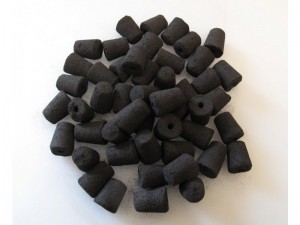灸
Moxa ‘punk’ is loose herb form of mugwort for direct and indirect moxibustion treatment. Applying the method of smokeless moxa, densely-packed moxa made by a charcoal process which results in little or no smoke, was compared in its effect to that of moxa punk. Heat by each form of moxa was transferred to the end of an acupuncture needle during warming needling moxibustion.
• Moxa was lighted on the handle of filiform needles [40mm x 0.3mm -as well as- 40mm x 0.25mm] and subsequent temperature was measured at the needle tip.
• The significant findings were that moxa punk produced a 41% greater and more rapid temperature increase than the smokeless moxa cones. Conversely, smokeless moxa cones maintained maximum temperature four times longer than moxa punk did.
• Findings suggested that the temperature characteristics of moxa punk during warming needle correlate with a capacity as a dispersing treatment method, while smokeless moxa correlates to a method more of tonification in Chinese medicine.

Moxa Punk
Research Dissertation by Steve McCulloch
http://www.focusacupuncture.co.uk/uploads/1/6/7/1/16711880/___warm_needle_experiment_dissertation_final.pdf




